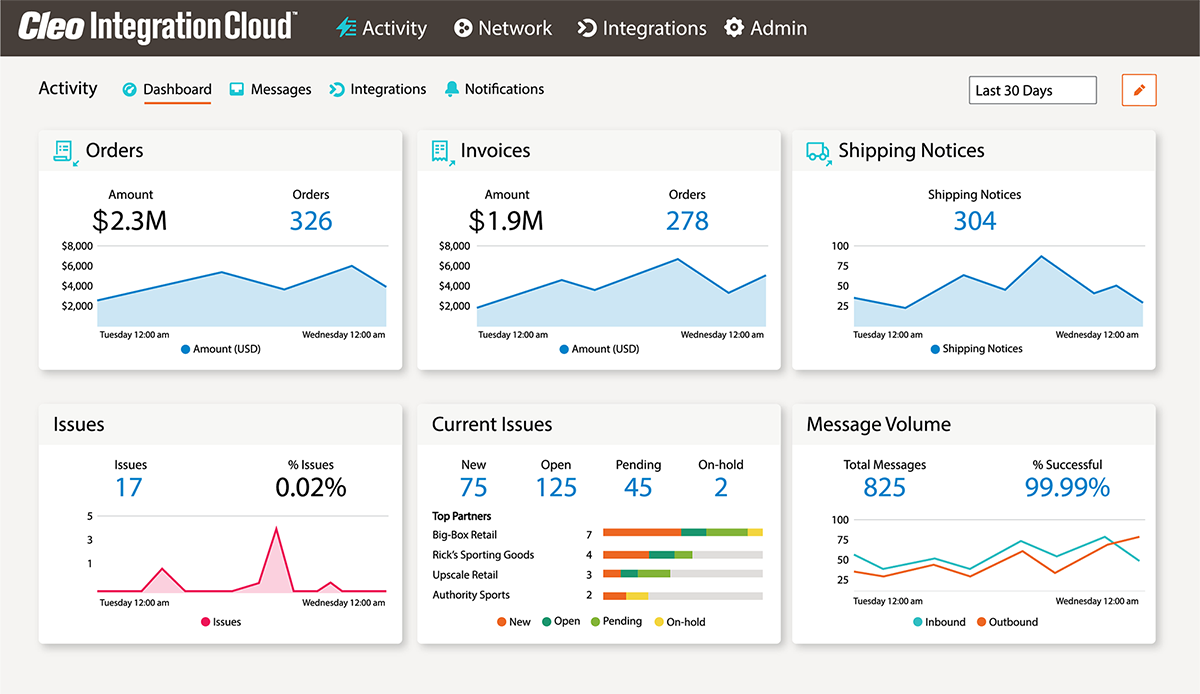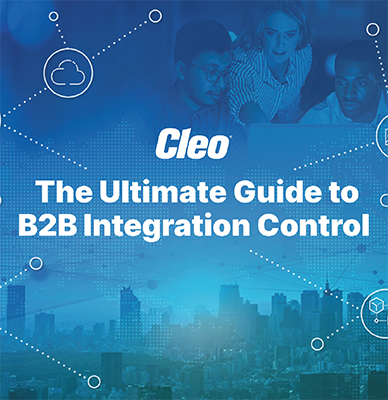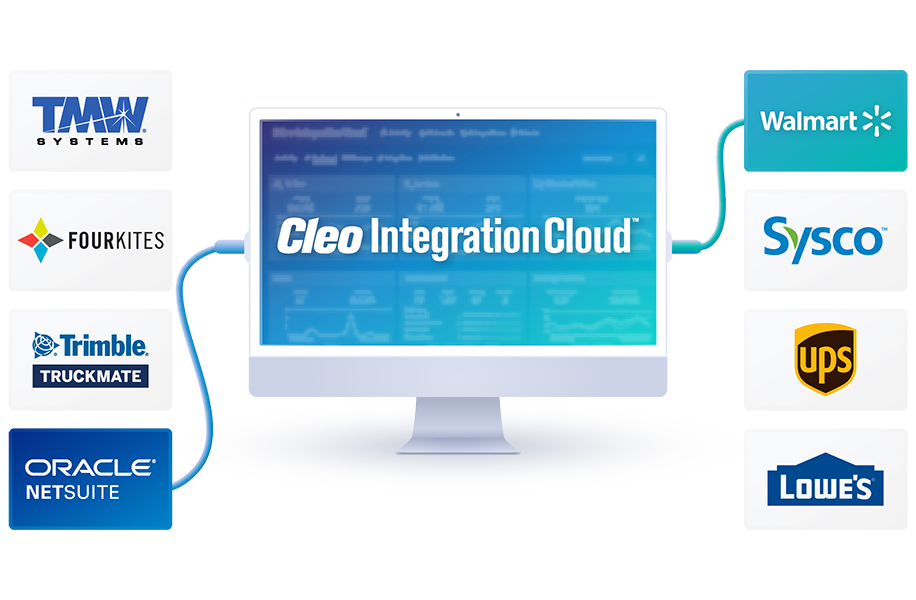Blog: Choosing EDI as a Service and TCO

Please note: This post originally appeared on Extol.com (EXTOL has been acquired by Cleo).
This blog post is the third part of a series highlighting the best practices for EDI as a service in planning and evaluation.
As past entries in this series pointed out, determining whether EDI as a service is right for your business, and which provider solution makes the most sense, requires some careful consideration. Two very important caveats are to be sure to choose a solution based on requirements instead of provider capabilities and approach your selection with a broadened view of the total cost of ownership (TCO).
Pick EDI as a Service for Requirements, Not Provider Capabilities
When EDI-as-a-service offerings initially became available, “on-network translation” were the provided capabilities which hosted on value -added networks (VANs). Data format flexibility was minimal due to limited EDI translation options, where direct integration with enterprise applications and data resources could be offered, but came with a large price tag for the customization.
Present-day options for EDI as a service offer greater flexibility in the following areas:
- Range of services: May include full lifecycle management, last-mile integration, customized monitoring and other options.
- Transaction support: Providers may support transformation of XML, flat file and spreadsheet data in addition to standard EDI transaction formats.
- Last-mile integration: EDI as a service must integrate directly with enterprise applications and data to avoid costly manual processing. To satisfy this last-mile integration requirement, some providers offer adapters and custom integration services.
- Licensing options: Typically includes fixed-price subscriptions, usage-based subscriptions and hybrid options with perpetual license entitlements.
- Deployment options: Different providers offer varying methods of how to maintain the EDI-as-a-service system, including hosted or cloud environments. Some also offer on-premise options if security, availability or latency issues are a concern.
In taking time for this analysis before you evaluate service providers, you are providing yourself the most insurance against choosing a solution adding unnecessary cost and complexity.
Better Understand TCO
TCO can include direct and indirect costs you don’t realize while conducting research to find a provider. To avoid missing or misunderstanding a provider’s fee structure and one-time charges, there are a few steps to conduct a complete analysis so you can better understand what your TCO will be:
- Provisioning charges: One-time charges for account setup, mailbox setup, software licensing and other initial provisioning activities may be assessed.
- Implementation charges: Last-mile application, data integration, per-transaction and per-partner configuration charges may be costs assessed by specific providers.
- Recurring fees: Most providers will assess monthly or annual subscription fees varying based on the level of service, which may include per partner/endpoint or per deployed EDI process fees.
- Usage-based fees: Some models include billable fees based on measured usage, like per-transaction/document or per kilocharacter fees
- Partner setup fees: These will cover ongoing partner setup costs incurred after the initial implementation.
- Change fees: Changes to existing EDI processes, new transactions, EDI version updating, and changes to last-mile application and data interfaces are sometimes charged by providers.
- Exception-handling and error resolution fees: These fees are typically assessed per-incident and cover the cost of diagnosing and handling out-of-band exceptions.
- Early termination fees: If you end an engagement before the agreement ends, some terms require payment of an early termination fee.
- Indirect costs: Sometimes the cost of supplemental solutions or processes needed to satisfy requirements that are not met by your EDI service provider, such as incomplete support for required partner transactions.
- Switching costs: This may mean losing your EDI implementation investment when you are moving to a new EDI service or self-managed arrangement, unless your provider offers a bridge plan to the new solution.
Overall, understanding the need to select EDI as a service based on your company requirements and making sure you understand a provider’s TCO will help you make a better-educated decision when looking to change your EDI provider structure.

About Cleo

Watch a Demo

Comprehensive Guide to Gaining B2B Control

Duraflame Case Study
